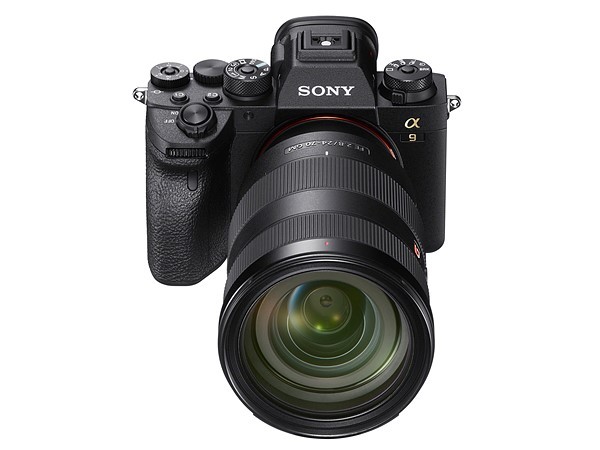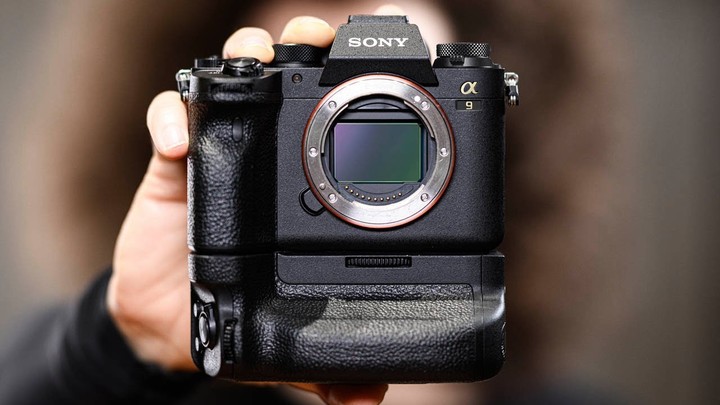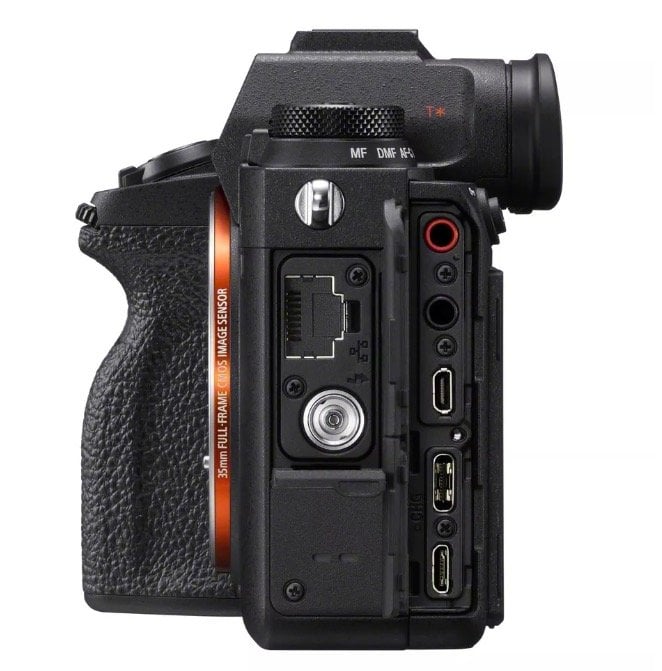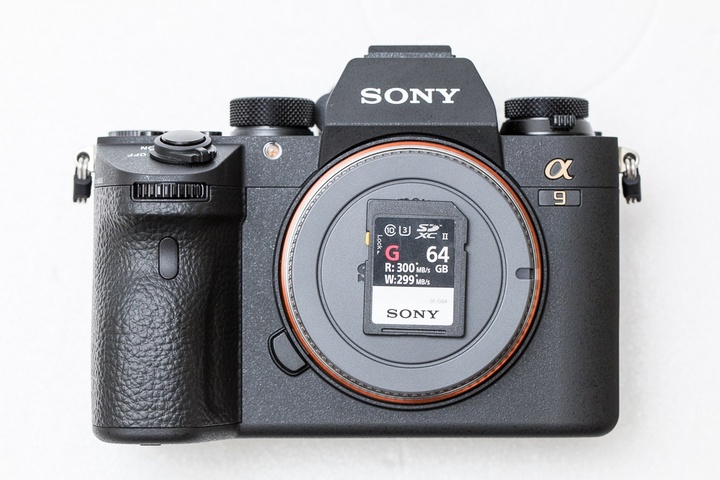In the 2020 Olympic year, imaging manufacturers are preparing for their own news-grade flagship body. There have been many rumors that the Nikon D5 and Canon’s 1DX series are ready to be updated.
Unexpectedly, it was only launched for 2 years, and the Sony α9, which has just been updated with firmware, is also coming to join in the fun.

On October 3, Sony officially released the new generation full-frame anti-flagship camera Alpha 9 II (ILCE-9M2). The new machine is mainly for sports photography users. Sony has improved the continuous shooting speed of the mechanical shutter, and also upgraded the image processing chip, so that the machine has stronger processing power than the previous generation. The battery compartment, storage card slot and other body design have also changed, I believe it is to adapt to Sony’s new generation of body adjustments.
Yes, the biggest change in the Alpha 9 II is the body design.
It is the same as the Alpha 7R IV, which is the latest fourth-generation Alpha 7 body designed by Sony. The new body has a thicker grip handle, which increases the grip space and enhances comfort. In addition, the custom dial of the new body’s exposure compensation dial lock is also made larger than before, and also moved from the “sandwich” on the top of the fuselage to the top. This design makes it easy for users to use the electronic viewfinder. “Blind” parameters and patterns.

After replacing the new body, the Alpha 9 II is also compatible with the battery handle VG-C4EM that Sony updated when the Alpha 7R IV was released. However, compared with the previous generation of handles, the VG-C4EM does not change much in button configuration and distribution. The operational sensing is also the same as the Alpha 9 with the VG-C3EM controller.
Also, the Alpha 9 series is a pioneer in enabling Z-Series batteries. The Alpha 9 II is also compatible with the NP-FZ100 battery. It is also compatible with Sony’s “One-to-Four” battery kit NPA-MQZ1K, which allows the machine to be connected to four. The NP-FZ100 battery ensures the long-term continuous shooting demand for sports photography.
Of course, the Alpha 9 II is also equipped with a USB-C port. In addition to being compatible with USB 3.2 Gen 1 data transfer, the interface can also be used to externally support power and charge while shooting.

Interface, Alpha 9 II also has some updates and design optimizations.
First, the Alpha 9 II uses a 1000BASE-T Ethernet terminal for gigabit communication.
Be aware that there are many sports photographers who connect the camera and computer through the network cable interface. After the camera performs high-speed continuous shooting, the photos can be quickly transferred to a computer for storage and processing. That Sony’s performance of the upgraded cable port is to enhance the transmission performance between the camera and the computer for the stability of transmission in the high-intensity working environment of sports photography.
Also, the Alpha 9 II supports shooting without having to operate the smartphone and send the results directly to the FTP server. Sony official said that it hopes to simplify the photographer’s workflow in this way.
In addition to the improved network cable interface, the Alpha 9 II added a shutter release interface under the network cable. And those common 3.5mm microphone interface and monitor port, as well as USB-C interface, mini HDMI and other common data interfaces, Sony is placed between the screen and the network cable interface.
